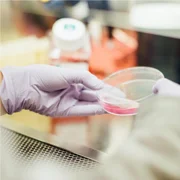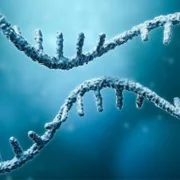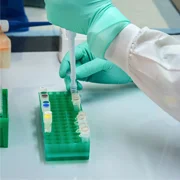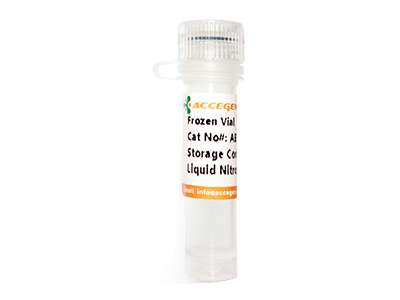-
Happy Holidays from AcceGen! Orders placed during Dec 22–Jan 2 will be processed and shipped after operations resume. Please plan ahead.
Featured Products
- In-Stock Tumor Cell Lines
- Human Orbital Fibroblasts
- Human Microglia
- Human Pulmonary Alveolar Epithelial Cells
- Human Colonic Fibroblasts
- Human Type II Alveolar Epithelial Cells
- Human Valvular Interstitial Cells
- Human Thyroid Epithelial Cells
- C57BL/6 Mouse Dermal Fibroblasts
- Human Alveolar Macrophages
- Human Dermal Fibroblasts, Adult
- Human Lung Fibroblasts, Adult
- Human Retinal Muller Cells
- Human Articular Chondrocytes
- Human Retinal Pigment Epithelial Cells
- Human Pancreatic Islets of Langerhans Cells
- Human Kidney Podocyte Cells
- Human Renal Proximal Tubule Cells
Primary Cells
Explore Products




 HeLa S3 is a subline of original HeLa cervical adenocarcinoma cell line, first established in 1951 from the cervical tumor of a 31-year-old African American female patient. This subline has been adapted for suspension culture while displaying an epithelial-like morphology. The karyotype is highly aneuploid, with a modal chromosome number of 68. HeLa S3 retains the tumorigenic potential of its parental line. HeLa S3 cells contain integrated sequences of human papilloma virus 18 (HPV-18), with multiple proviral insertions throughout the genome. They are frequently utilized in research focusing on chromosomal abnormalities, cell cycle regulation, and cytotoxicity. Their adaptability to suspension culture makes them especially suitable for large-scale biochemical and pharmaceutical assays.
HeLa S3 is a subline of original HeLa cervical adenocarcinoma cell line, first established in 1951 from the cervical tumor of a 31-year-old African American female patient. This subline has been adapted for suspension culture while displaying an epithelial-like morphology. The karyotype is highly aneuploid, with a modal chromosome number of 68. HeLa S3 retains the tumorigenic potential of its parental line. HeLa S3 cells contain integrated sequences of human papilloma virus 18 (HPV-18), with multiple proviral insertions throughout the genome. They are frequently utilized in research focusing on chromosomal abnormalities, cell cycle regulation, and cytotoxicity. Their adaptability to suspension culture makes them especially suitable for large-scale biochemical and pharmaceutical assays.